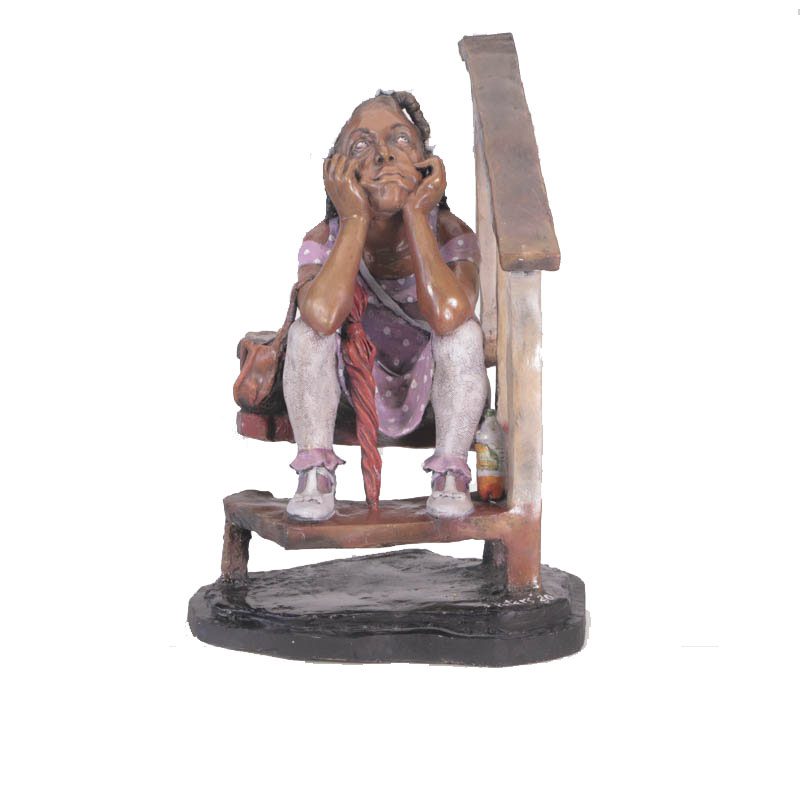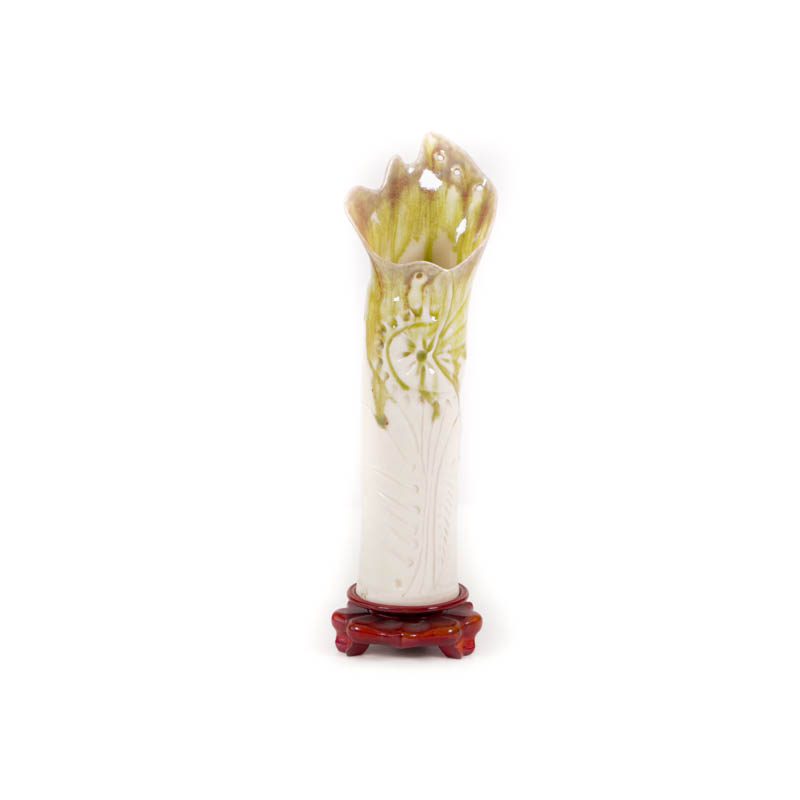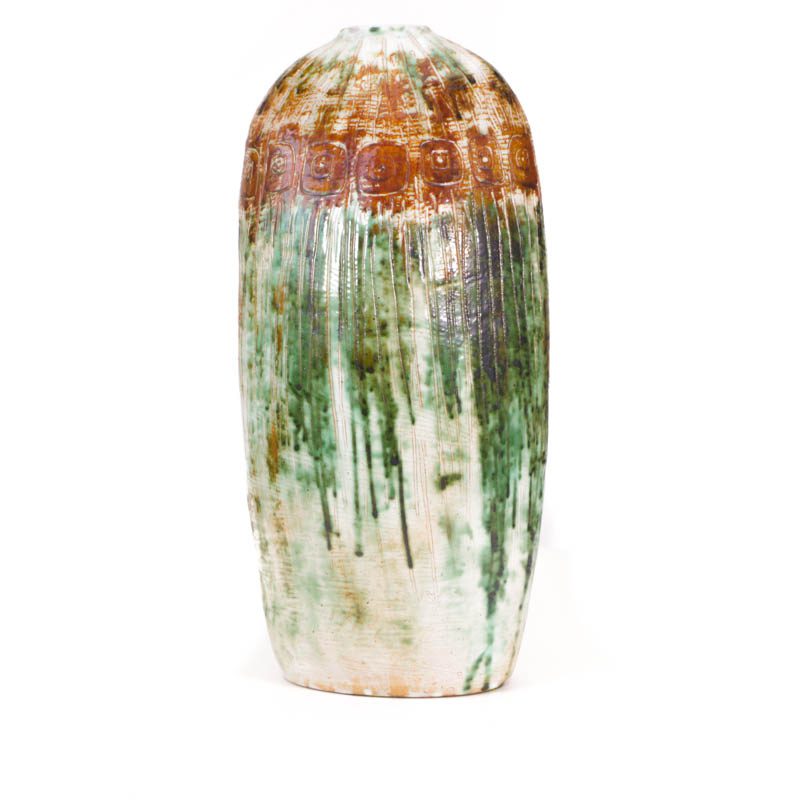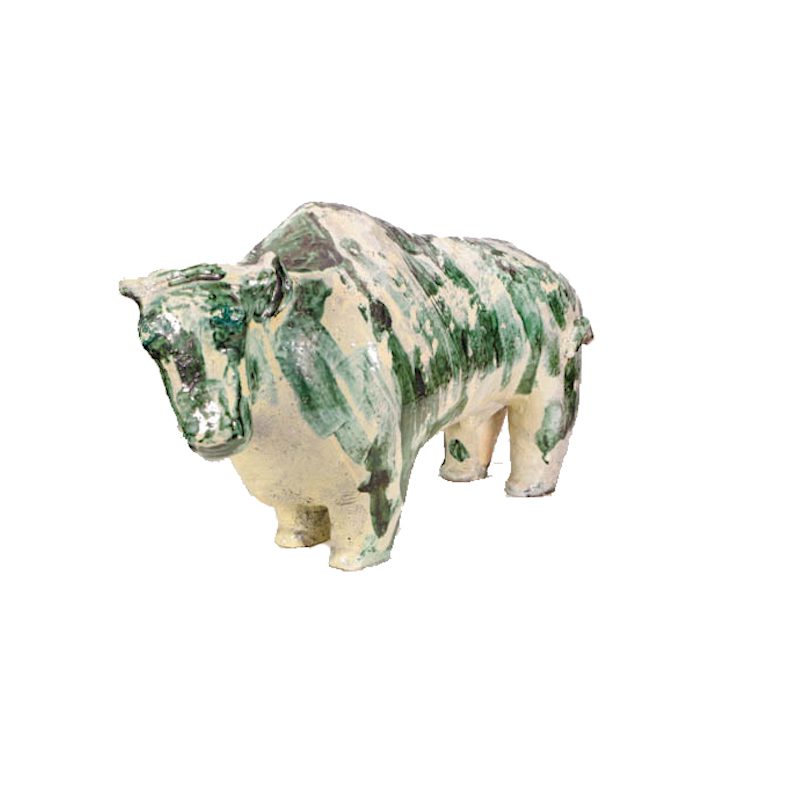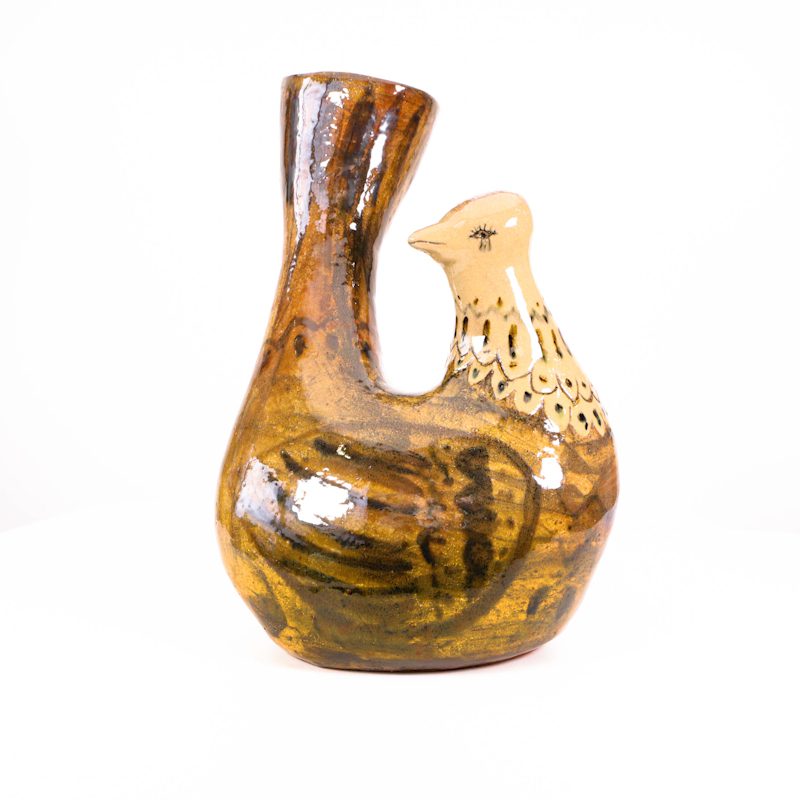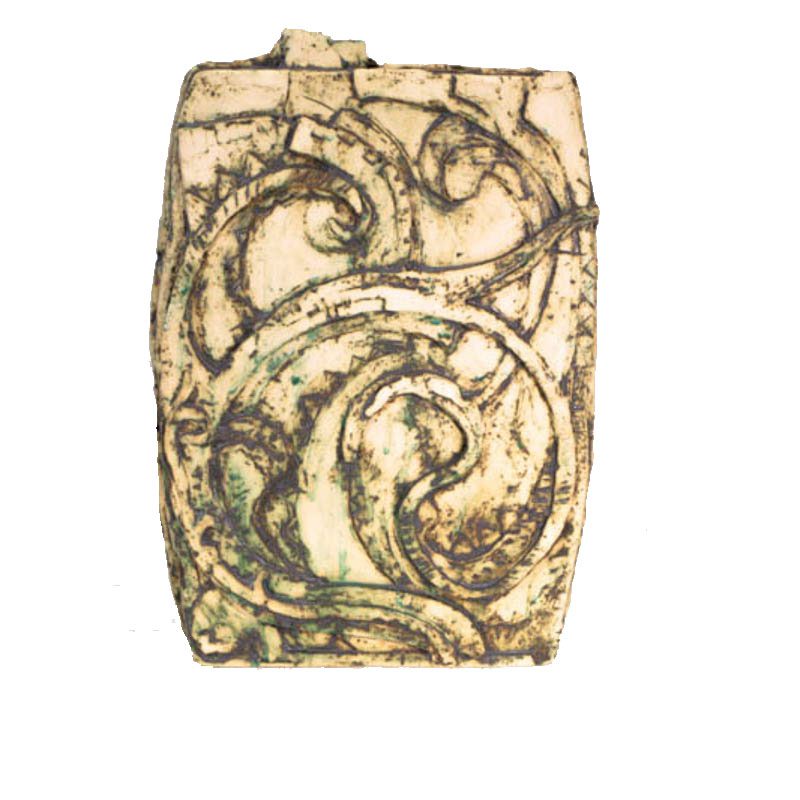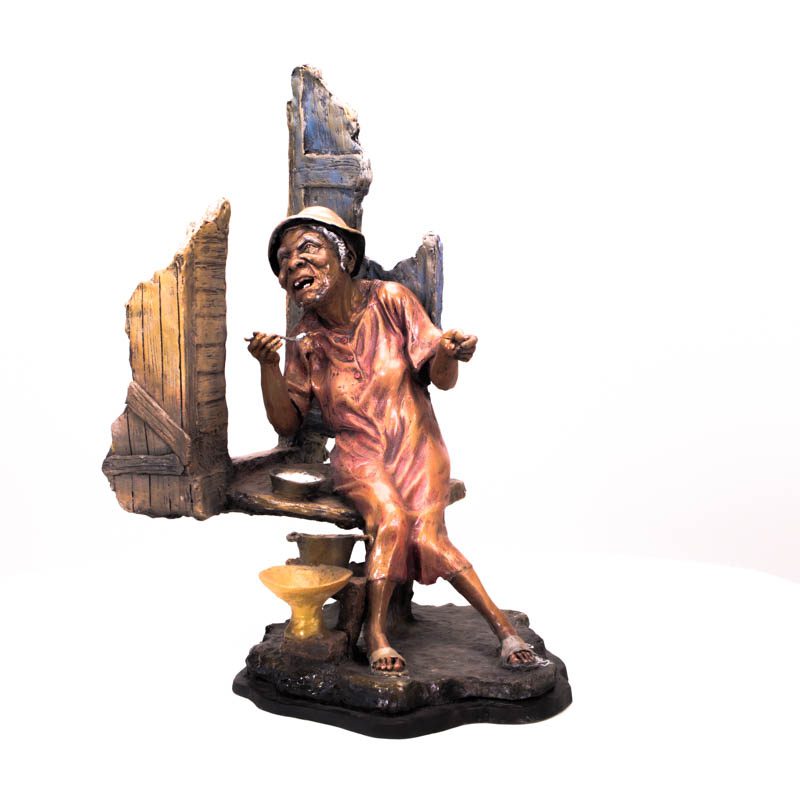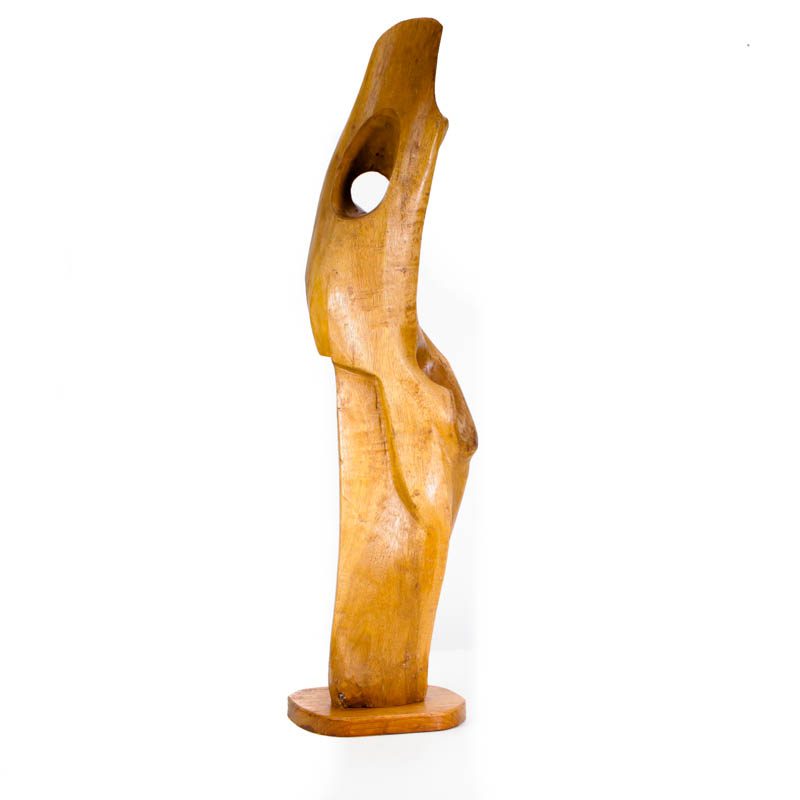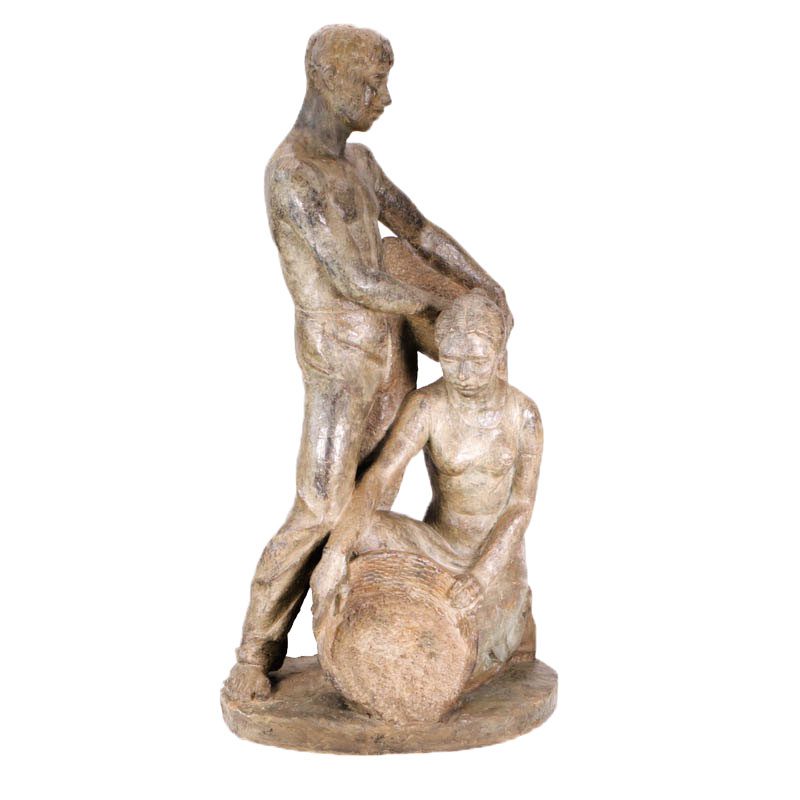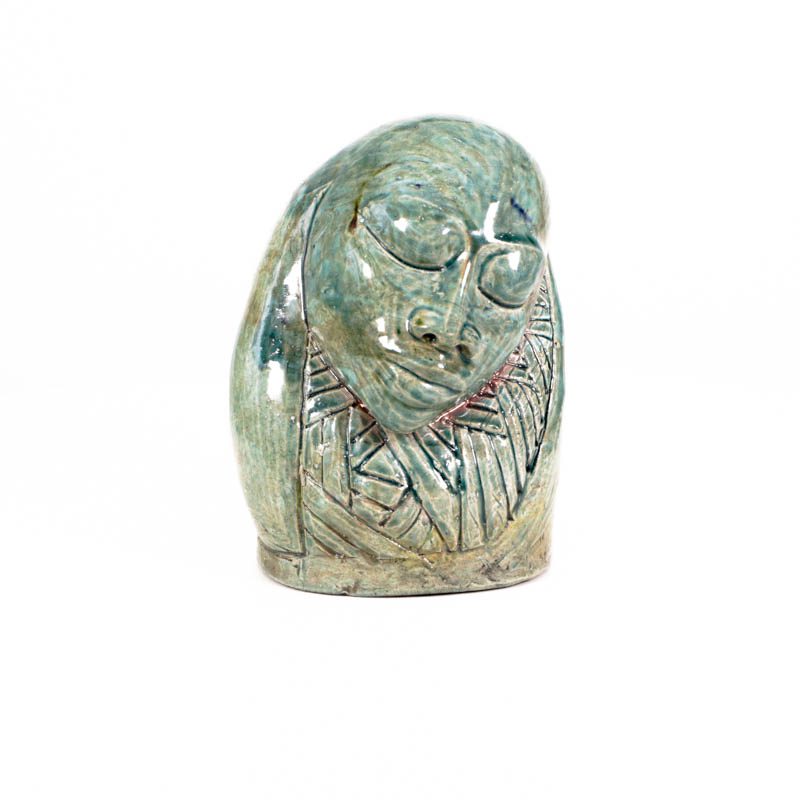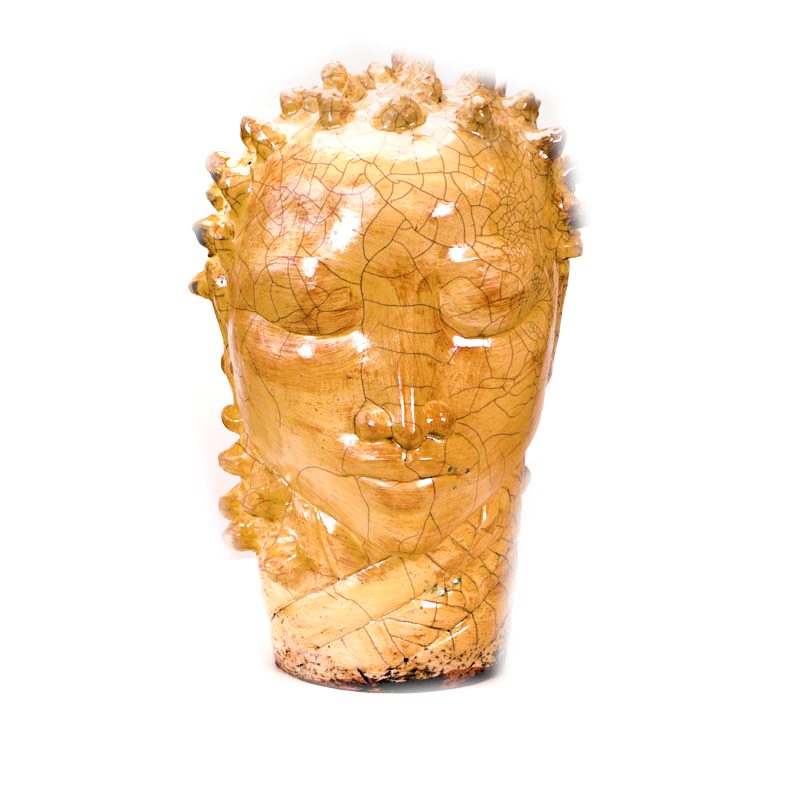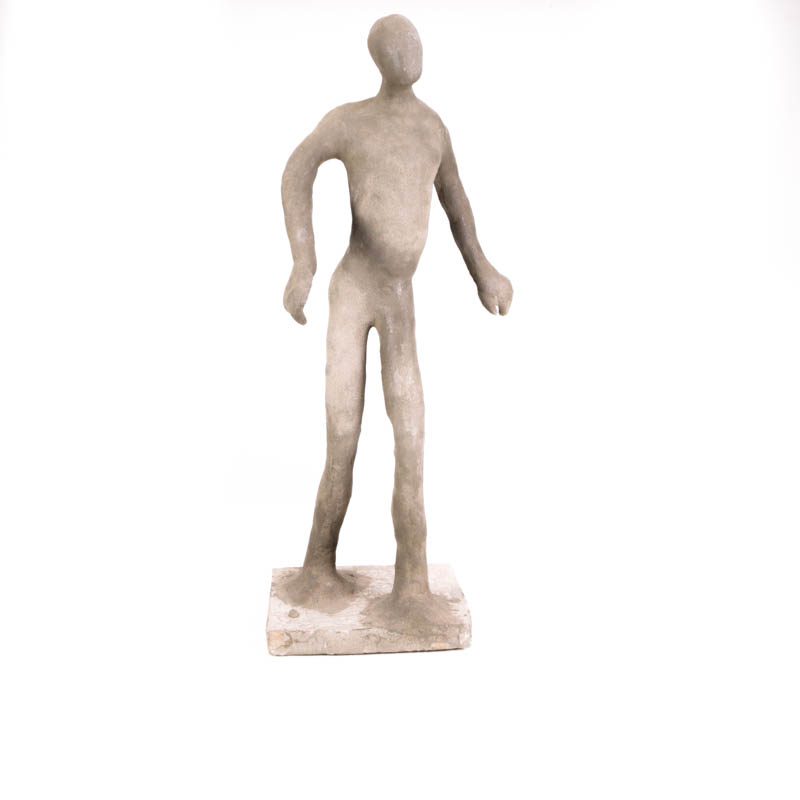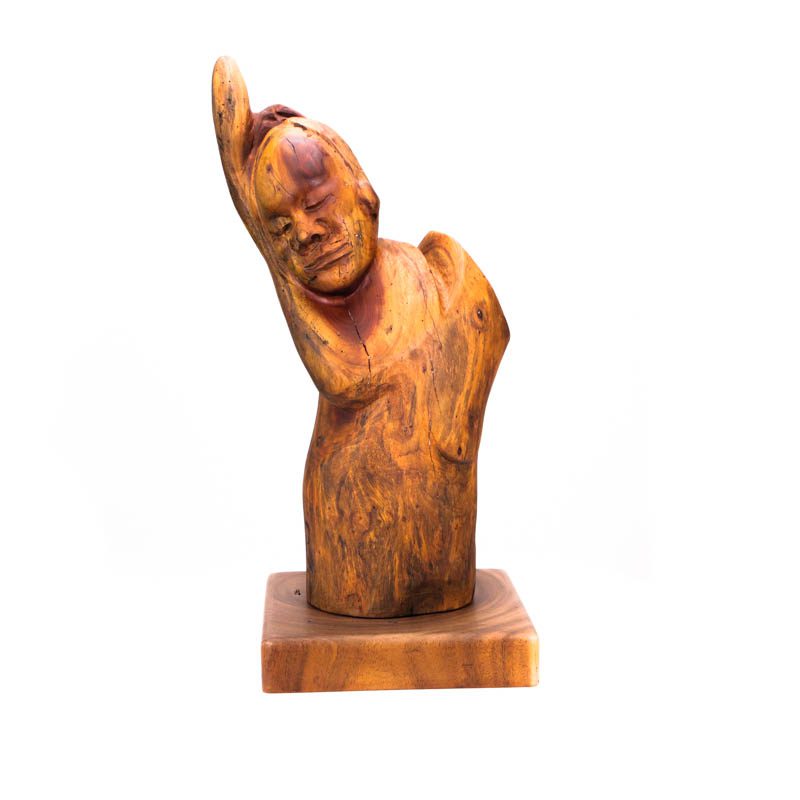Publications
Publications
Over the years the Bank has produced several high-quality publications with the aim of sharing the Bank’s history and important holdings with the public. The aim of these publications is to be an educational resource to students and researchers. They serve as a record of the Bank’s achievements as well as an inspiration for future generations.
The following Central Bank publications are available for purchase at the Museum’s gift shop. Visit us today and get your copy. Please note that the gift shop only accepts cash and cheque payments at this time.
This publication showcases the Bank’s impressive art collection and contains essays, insights and high quality reproductions of the artwork. This book is an educational resource as well as a tangible record of Trinidad and Tobago’s rich artistic heritage.
Published by Robert & Christopher Publishers, Trinidad and Tobago
Excerpt:
“The Central Bank’s Art Collection and its management is not an operation entirely apart from the main activities of the Bank; it can be said that although the collecting of art does not constitute one of the core functions of a central bank, this process is one that ensures that the Central Bank of Trinidad and Tobago remains a relevant and engaged institution in society beyond the critical role it plays in this country’s economic well-being.”
From: “The Central Bank’s Art Collection: An Overview” by Nimah Muwakil-Zakuri (Curator of the Central Bank Museum)
This publication outlines the history of the Bank and its interaction with and importance to the Government and wider society.
Excerpt:
“The men and women who were involved in the planning and opening of the Central Bank would have been born in the 1920s and ‘30s, those between-the-wars years when social and political change accelerated.
Our first Central Bankers would have grown up in the atmosphere of a British Crown Colony. Economically, Trinidad and Tobago had been blessed by any standard: it was a vibrant agricultural colony, whose economy was augmented by mineral riches. Agriculture provided large-scale employment and laid the basis for the cultural identity of the population. Oil meant significant income for the Government and formed the basis for the country’s strategic importance in this part of the world.”
From: “Chapter 1: What Went Before” by Alice Besson (Paria Publishing Company Limited)
This magazine gives insight into the softer side of the Bank: its people and their activities, the Bank’s role as a corporate citizen and its contribution to the community.
Excerpt:
“The articles in this magazine are drawn from the research done in the years leading up to the anniversary, and will give you a comprehensive overview of how those milestone events relate to our mandate and illustrate how we adapted to changing circumstances.”
From: “From the Governor” by Dr. Alvin Hilaire (Governor of the Central Bank 2015 to present)




